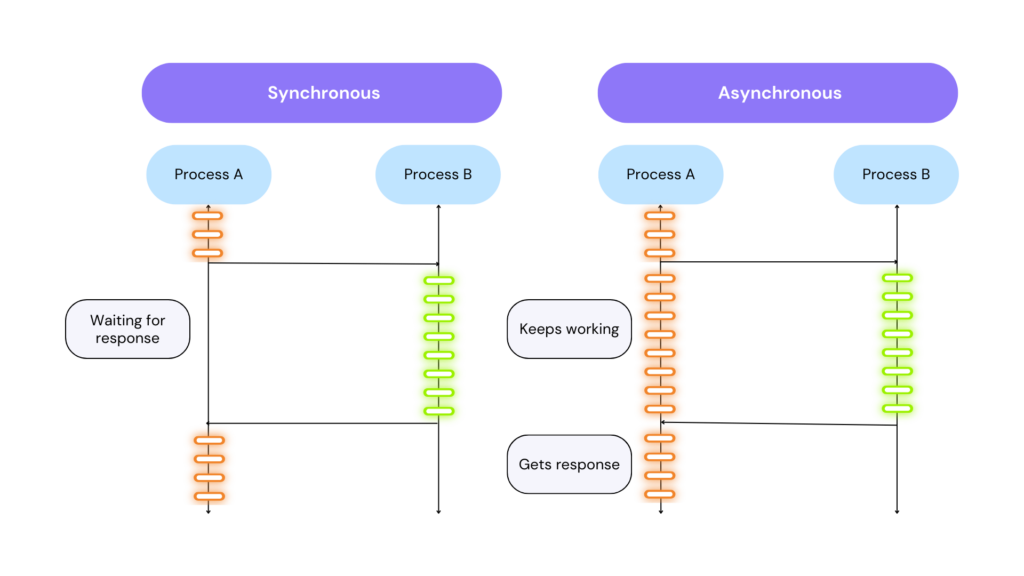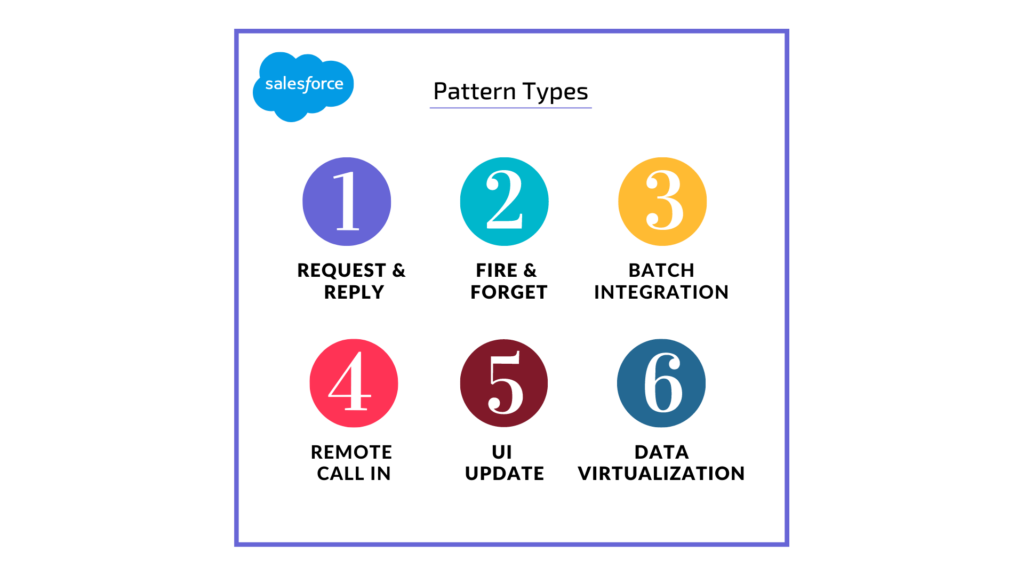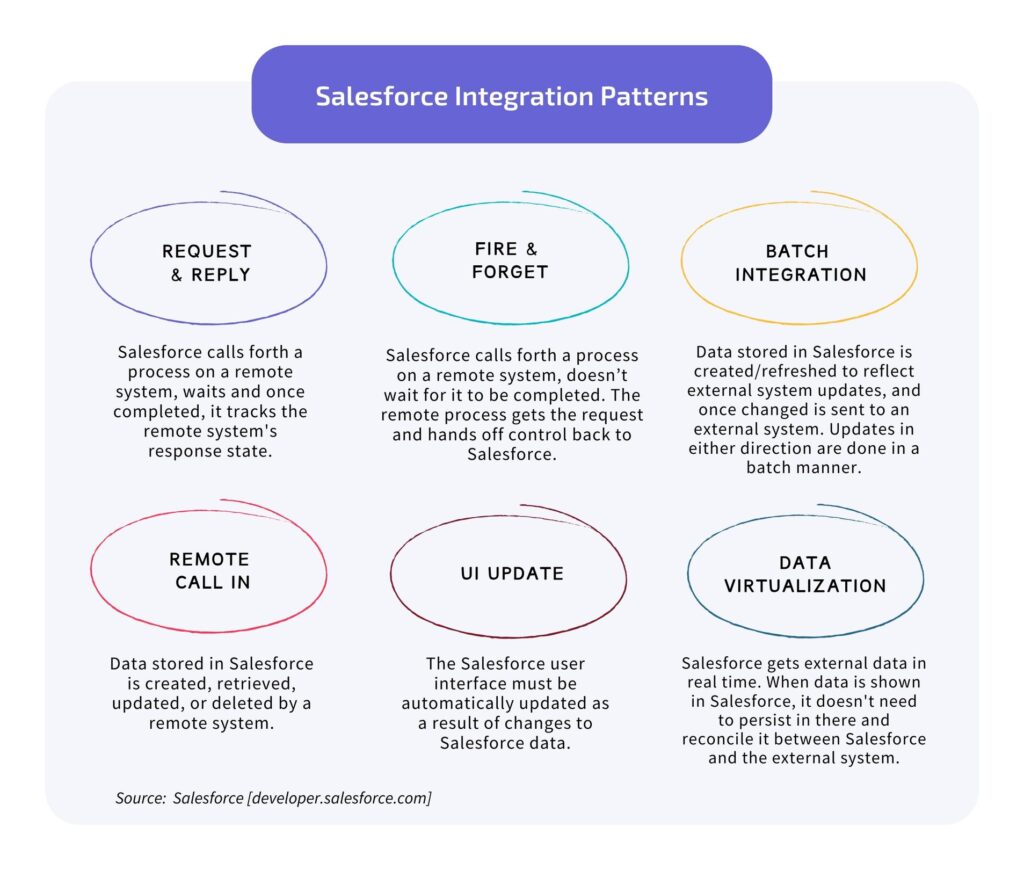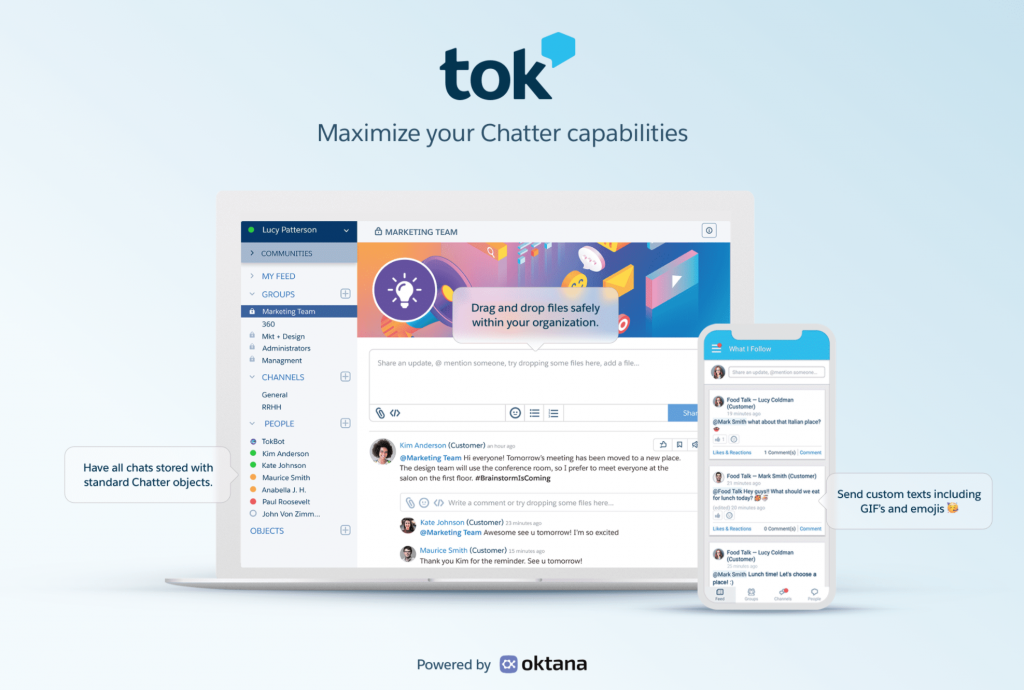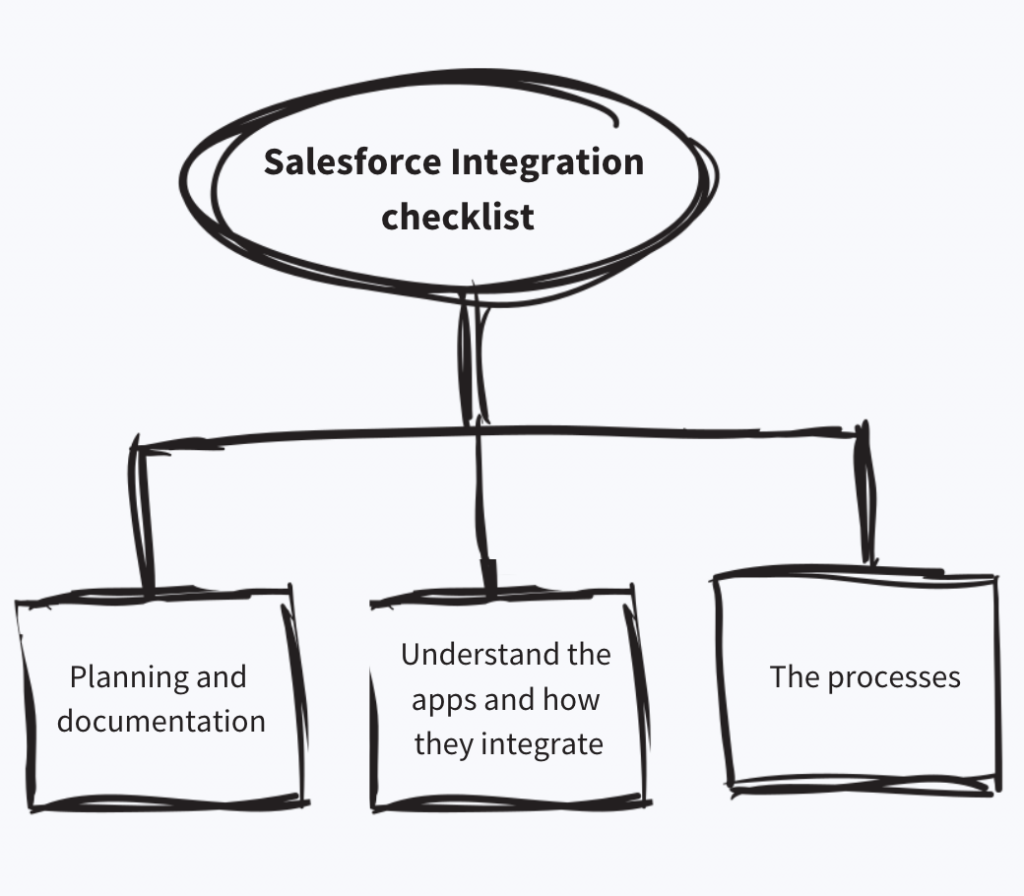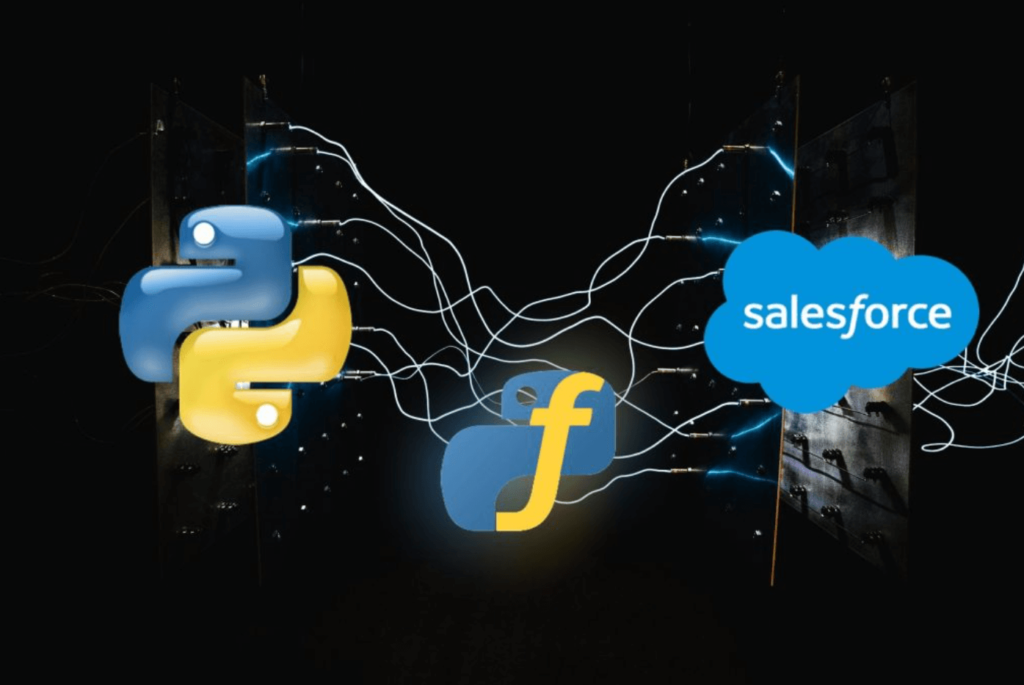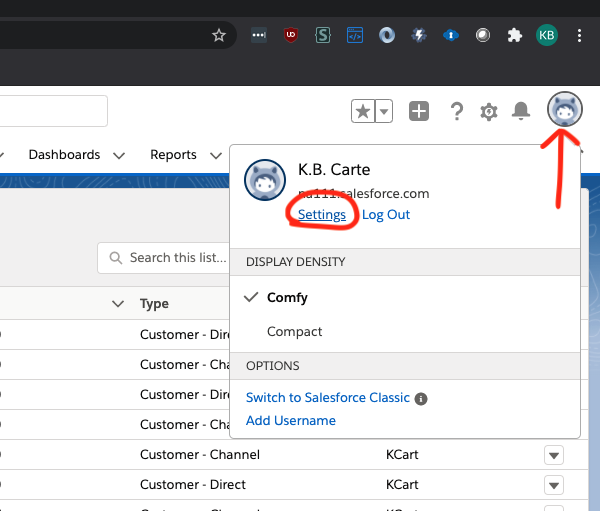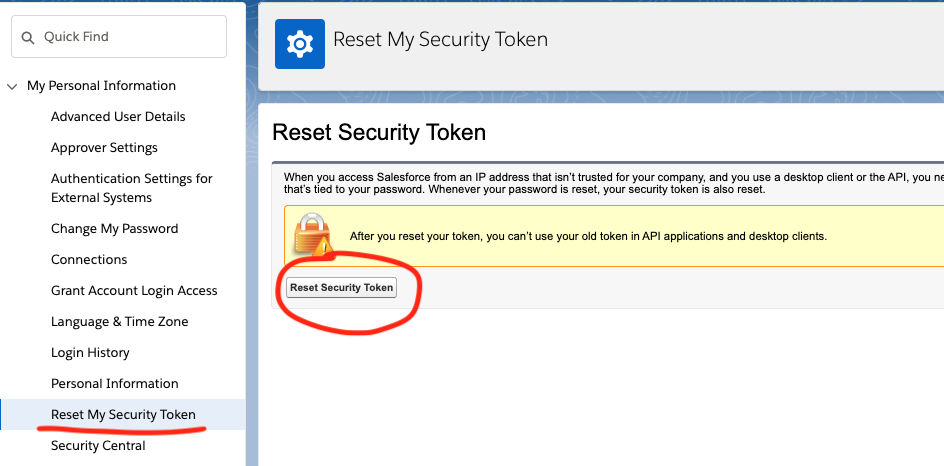Boosting Sales and Customer Experience
In today’s highly competitive business landscape, companies constantly seek innovative ways to enhance their sales processes and provide exceptional customer experiences. Two powerful tools that have gained immense popularity in recent years are ChatGPT and Salesforce. ChatGPT, an AI-based language model, and Salesforce, a robust customer relationship management (CRM) platform, can work synergistically to revolutionize sales and take customer interactions to the next level. In this blog post, we will explore the benefits of integrating ChatGPT with Salesforce and delve into the various use cases that can maximize your sales efforts.
Personalized Customer Interactions:
One of the key advantages of combining ChatGPT and Salesforce is the ability to deliver highly personalized customer interactions. By integrating ChatGPT with Salesforce’s customer data, you can access detailed information about each customer, including their purchase history, preferences, and behavior patterns. This valuable data empowers your chatbots to provide tailored recommendations, answer queries, and offer relevant products or services. The result is a seamless, personalized customer experience that fosters trust and enhances satisfaction.

24/7 Availability:
Salesforce-powered chatbots fueled by ChatGPT enable businesses to extend their availability beyond traditional working hours. With automated chat capabilities, customers can engage with your brand anytime, anywhere. Whether it’s seeking product information, resolving issues, or placing orders, your chatbot can provide real-time assistance, reducing response times and ensuring round-the-clock support. This continuous availability strengthens customer loyalty and enhances the overall sales process.
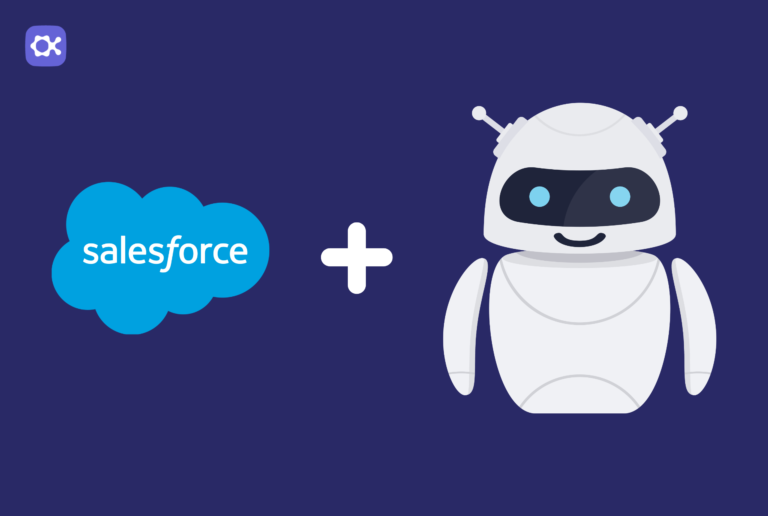
Lead Generation and Qualification:
Integrating ChatGPT with Salesforce allows you to optimize lead generation and qualification processes. Chatbots can engage potential customers in conversations, gathering valuable data and qualifying leads based on predefined criteria. By seamlessly transferring qualified leads to Salesforce, your sales team can focus their efforts on high-priority prospects, increasing efficiency and conversion rates. The integration also enables lead nurturing and follow-up, ensuring a consistent and streamlined sales pipeline.

Real-time Sales Support:
ChatGPT and Salesforce integration empowers sales teams with real-time support and information. Sales representatives can leverage the chatbot’s capabilities to access product details, pricing information, and even real-time inventory updates. This immediate access to critical data allows sales professionals to provide accurate and up-to-date information to customers, making their interactions more impactful. The integration streamlines the sales process, reduces errors, and enhances productivity.
Embracing these technologies enables companies to stay ahead of the competition, nurture customer relationships, and drive revenue growth. Explore the possibilities of ChatGPT and Salesforce integration, and unlock the full potential of your sales process.
Image suggestion: An image showcasing a seamless connection between ChatGPT and Salesforce, symbolizing the integration’s potential and impact on sales.
The seamless integration of ChatGPT and Salesforce presents a significant opportunity for businesses to enhance their sales processes and deliver exceptional customer experiences. By ensuring that the chatbot conversations feel natural and undetectable, leveraging customer data for personalization, establishing a dynamic connection with Salesforce, and automating lead qualification, companies can achieve impressive results. Embrace the power of this integration to stay ahead of the competition, nurture customer relationships, and drive sales growth, all while maintaining an undetectable and authentic conversational experience.
The use of appropriate techniques and responsible AI practices is essential to maintain ethical standards and ensure that customers are aware when interacting with a chatbot rather than a human representative. Transparency about the nature of the interaction is crucial for building trust and maintaining ethical guidelines.
Can we create a fully functional conversational bot that leverages the power of a Large Language Model (LLM)? YES! Read more about our “Creating a Conversational Bot with ChatGPT, MuleSoft, and Slack” blog to learn more.






